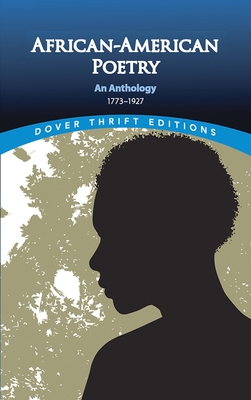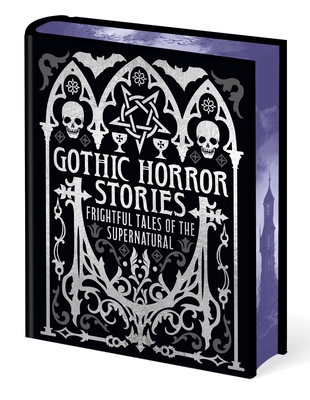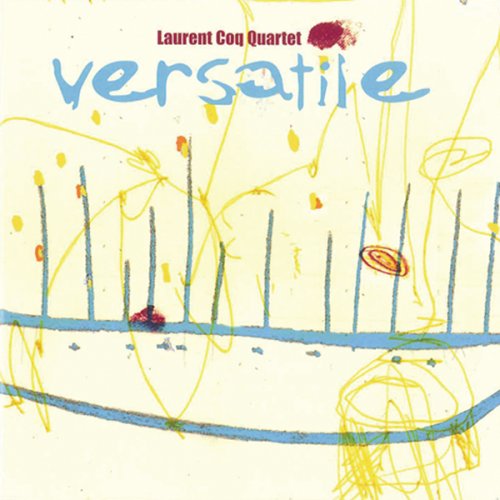
A Book of Witches is an anthology, originally published in 1966, of twelve fairy tales that have been collected and retold by Ruth Manning-Sanders. The book is illustrated by Robin Jacques. There are good witches and bad witches in the stories. Unfortunately the number of the bad witches is great, and the number of the good witches is very small in this book at least. In all the stories in this book, you will only find one mention of a good witch, and that is at the beginning of the Norwegian tale of Tatterhood. And you will see that had the queen done exactly what this good little witch bade her, there would be no more story to tell, but she does not and thus the story continues.
These bad witches are powerful. They can fly through the air on broomsticks, or on stalks of ragwort, or even on old jars; they can raise tempests; they can cross the sea in stone boats, or kneading troughs, or sieves; in their great cauldrons they can brew magic potions that put spells on their enemies; and they can turn themselves, and other people, into pigs, or geese, or cats, or hares, or into any other shape they fancy.
In some fairy tales, too, there are wicked witch-maidens, who are surpassingly beautiful; and these maidens are perhaps the most dangerous witches of all. Anyone, meeting with a humpy-backed old woman, with a great hooked nose, little red eyes, huge leering mouth, and craggy chin, might recognize such a creature for the witch she was, and so be on his guard. But if confronted with a sweet-voiced maiden of dazzling beauty - who would suspect evil? You have to be a very sharp fellow, like the hero of the Bohemian story, Johnny and the Witch-Maidens, to recognize the real nature of these fascinating and seemingly innocent damsels. And even Johnny might have been deceived by their charms, had he not been forewarned by his poor old master.
Some witches have big families of daughters, you will find thirteen of these daughters in the Danish story of Esben and the Witch. But it is rarely that you come across a witch who has a son. You might think that to be the son of a witch was not a happy fate; but, provided that the son is good, he has at least one advantage: he picks up a lot of magic from his witch-mother, and so is able to foil her evil spells. One such son is the handsome Benvenuto, in the Italian story of Prunella.
Of the rest of the stories, Rapunzel, Lazy Hans, The Donkey Lettuce and Hansel and Gretel, all come from Germany. The White Dove is a Danish story, and The Old Witch an English one; The Twins and the Snarling Witch comes from Russia, and The Blackstairs Mountain from Ireland.
Now in all these stories, as in the fairy tales about witches in general, you may be sure of one thing: however terrible the witches may seem - and whatever power they may have to lay spells on people and to work mischief - they are always defeated. So that though, at some point in the story, you may find the hero or heroine in utter distress, you need never fear for them. Because it is the absolute and very comforting rule of the fairy tale that the good brave shall be rewarded, and that bad people shall come to a bad end.







